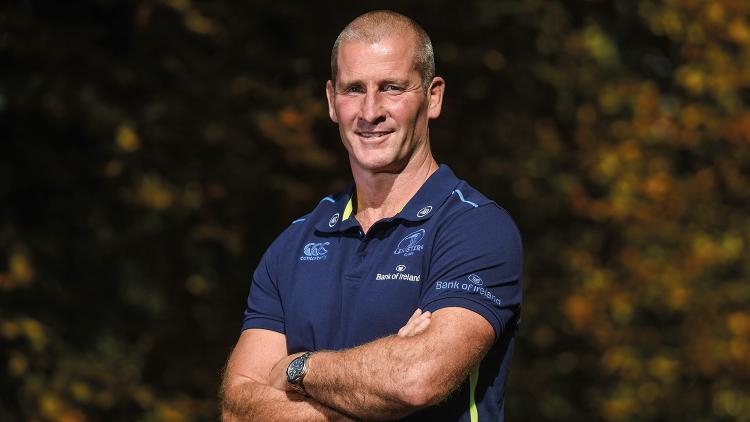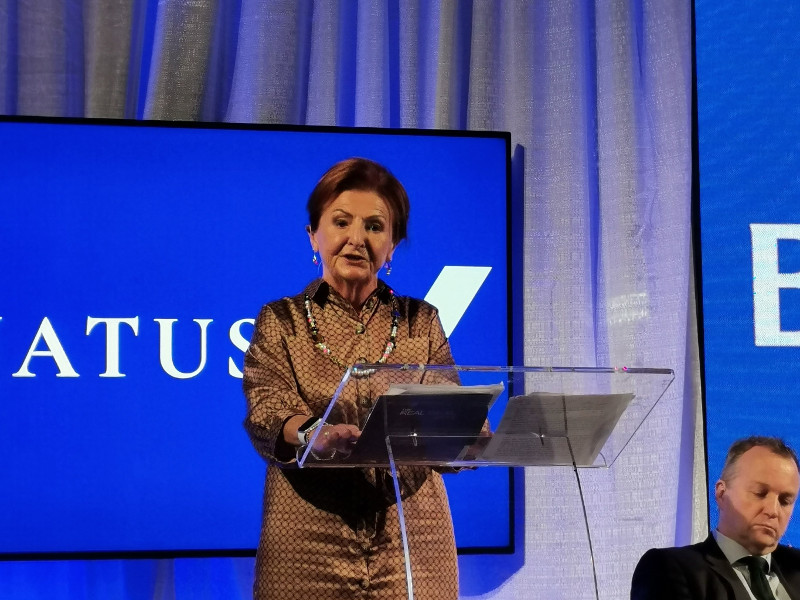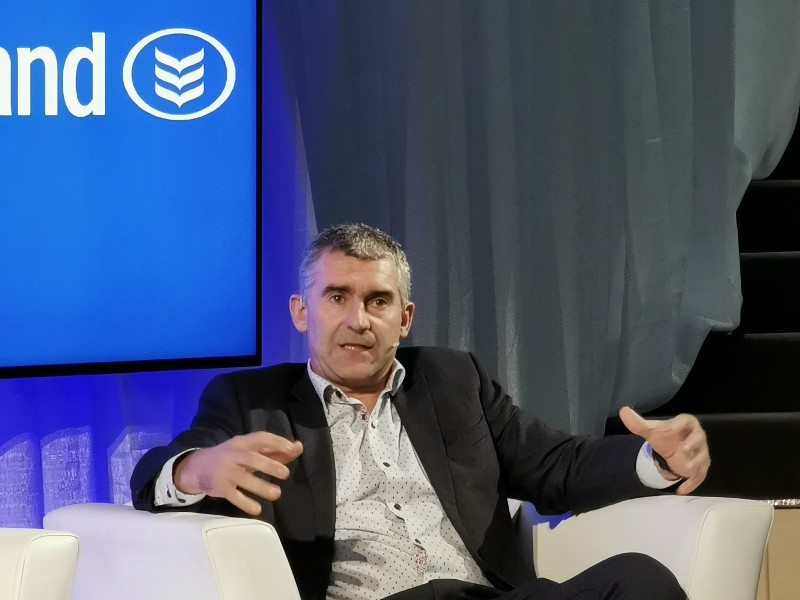When it comes to leadership styles for dynamic environments, John Cradden outlines strategies for success.
Research into leadership is a broad field, but recent years has seen a shift away from traditional leadership approaches and a greater focus on defining ‘adaptive’ styles that can help businesses better navigate increasingly complex and fast-changing political and economic environments.
Adaptive leadership differs from conventional, top-down approaches to leadership that depend on one or a small number of people making all the decisions. It’s increasingly acknowledged that such approaches may not be sufficient in situations of uncertainty, ambiguity and rapid change – of which there is plenty in 2025.
“In an era of challenges stemming from volatile trade policies, mounting environmental expectations and rapid AI adoption, a fixed leadership style clearly won’t cut it”
By its nature, adaptive leadership is more co-operative and seeks to facilitate more collaborative ways of working and decision-making. It’s also designed to help you adapt to change, bring out the best in people and tackle complex problems.
Above all, adaptive leaders embrace change and uncertainty, which requires being open-minded, flexible and willing to challenge traditional ways of thinking.
Dealing with change
In dealing with constant change, adaptive leaders will proactively seek out new information, stay updated on industry trends, and continuously learn from their experiences. By embracing change rather than resisting it or trying to control it, leaders can create an environment where innovation flourishes and individuals are empowered to take risks.
Adaptive leaders are able to lead through ambiguity by making sense of uncertain situations and providing clear direction for their teams. They also embrace change as an opportunity for growth rather than as a threat.
So what does adaptive leadership look like? The uncertainty for Irish businesses generated by constantly changing US tariff policies, for instance, certainly inspired some agile responses, such as from West Cork whiskey maker Clonakilty Distillery. The firm reduced the price of its premium whisky brand from about $60 to under $50 to preserve sales. At the same time, it diversified into other markets, including expanding into the UK, Japan, and China.
This looks very much like a blend of hands-on re-adjustment and strategic foresight.
Many companies in the manufacturing sector, meanwhile, looks to be engaging in a pre-tariff stockpiling in a bid to cushion the costs of the tariffs. Data from Ireland’s Purchasing Managers’ Index showed that year-on-year exports from this country rose 47% for January and February 2025.
This is another example of hands-on leadership that is grounded in action, with rapid problem-solving and agility in process changes.
Supports for leaders
A number of firms have also sought to take advantage of financial supports now available from Enterprise Ireland. The state agency is now offering grants of up to €35,000 for market research and tariff impact analysis, and up to €150,000 for companies to develop market entry strategies for new markets or new products. The organisation also has a dedicated team offering one-to-one advice on tariffs for Irish SME exporters to the US, of which over 300 firms have already availed.
This shows strategic leadership by focusing on stakeholder engagement, and having the vision to explore where the opportunities could now lie as a result of the tariffs.
While the above examples will chime with leaders who are strong on strategy and hands-on leadership, those who are more inclined towards encouraging collaboration will also find something familiar in the adaptive leadership approach.
Collaboration and teamwork
Collaboration and teamwork really comes to the fore in complex and changing environments, where challenges are often multifaceted and require diverse perspectives and contributions. Fostering collaboration enables leaders to tap into the collective intelligence of their teams and navigate these issues.
By encouraging collaboration, leaders also create an environment where people feel valued for their contributions and are motivated to work together. This can be done by team-building activities and establishing clear roles and responsibilities within the team. Furthermore, collaboration thrives better in workplaces with an inclusive culture, where people with different backgrounds feel confident enough to contribute openly.
However, encouraging collaboration won’t be enough if individuals are not given the freedom and psychological safety to make decisions and take ownership of their work. In addition, the freedom to be creative with those decisions, which in turn should yield innovative approaches to dealing with the challenges facing the team.
All that said, there still needs to be a balance between agility and stability. Stability still provides a sense of order, consistency and predictability, while agility allows organisations to adapt quickly to new circumstances and opportunities. Leaders can use technology to help achieve this essential balance between stability and agility, by harnessing the power of data to produce real-time insights and guidance on market trends to help their businesses make more informed choices.
In an era of challenges stemming from volatile trade policies, mounting environmental expectations and rapid AI adoption, a fixed leadership style clearly won’t cut it. Being able to adapt leadership styles to fit fast-changing and complex situations will define the business leaders of the future.
4 As of adaptive leadership
According to the Harvard Business Review, adaptive leadership involves four responses that it refers to as the 4As:
- Anticipationof likely future needs, trends and options.
- Articulationof these needs to build collective understanding and support for action.
- Adaptationso that there is continuous learning and the adjustment of responses as necessary.
- Accountability, including maximum transparency in decision making processes and openness to challenges and feedback.
-
Bank of Ireland is welcoming new customers every day – funding investments, working capital and expansions across multiple sectors. To learn more, click here
-
For support in challenging times, click here
-
Listen to the ThinkBusiness Podcast for business insights and inspiration. All episodes are here. You can also listen to the Podcast on:
-
Spotify
-
SoundCloud
-
Apple






